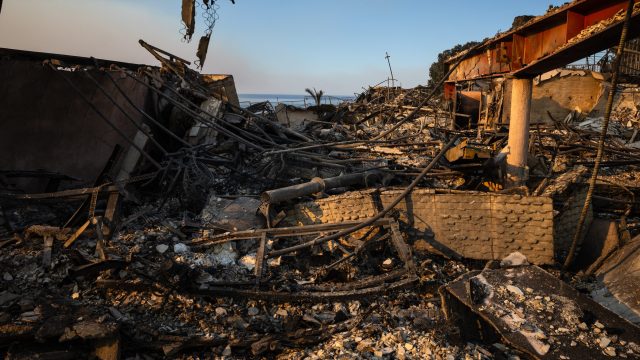Wildfire Danger Escalates: Palisades and Eaton Zones Sound Alarm

In a critical safety advisory, Los Angeles County Public Works Director Mark Pestrella has issued a stark warning to residents near the recently devastated Palisades and Eaton fire zones. Despite ongoing cleanup efforts, property owners are urged to remain vigilant, as the burn-scarred landscapes continue to present significant risks to personal property and community safety.
Pestrella emphasized that the aftermath of these destructive wildfires creates complex environmental hazards that extend far beyond the immediate burn area. Residents are advised to take extra precautions and work closely with local authorities to mitigate potential dangers associated with the fire-damaged terrain.
The ongoing clearing operations aim to reduce secondary risks, but homeowners must remain proactive in protecting their properties and understanding the unique challenges posed by these severely impacted areas. Public Works teams are working diligently to assess and address the most critical environmental and structural vulnerabilities in the wake of these devastating fires.

